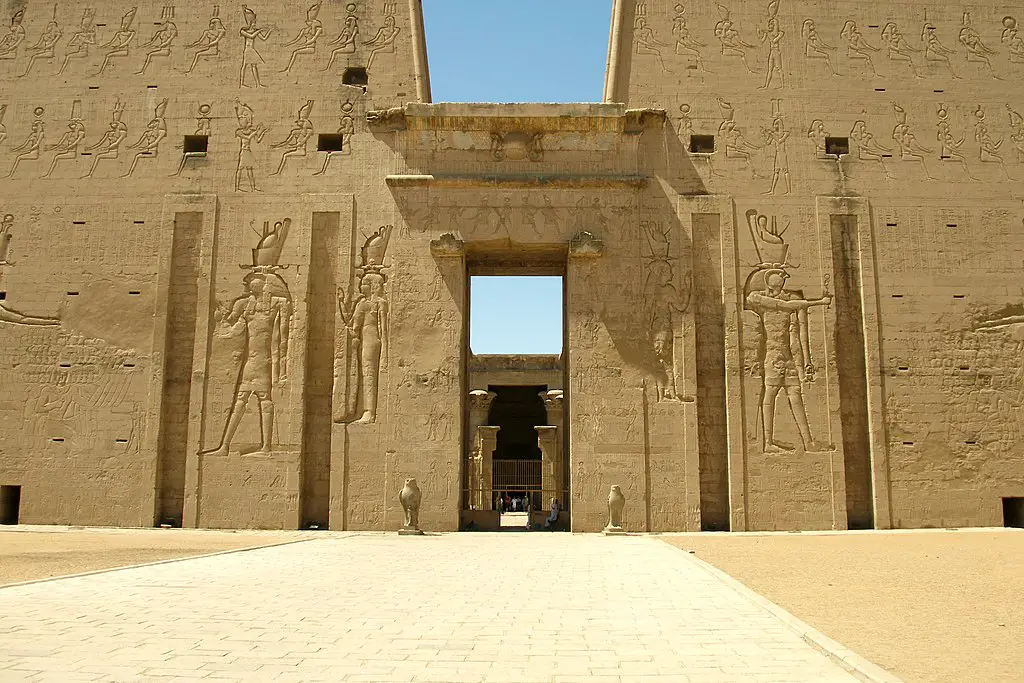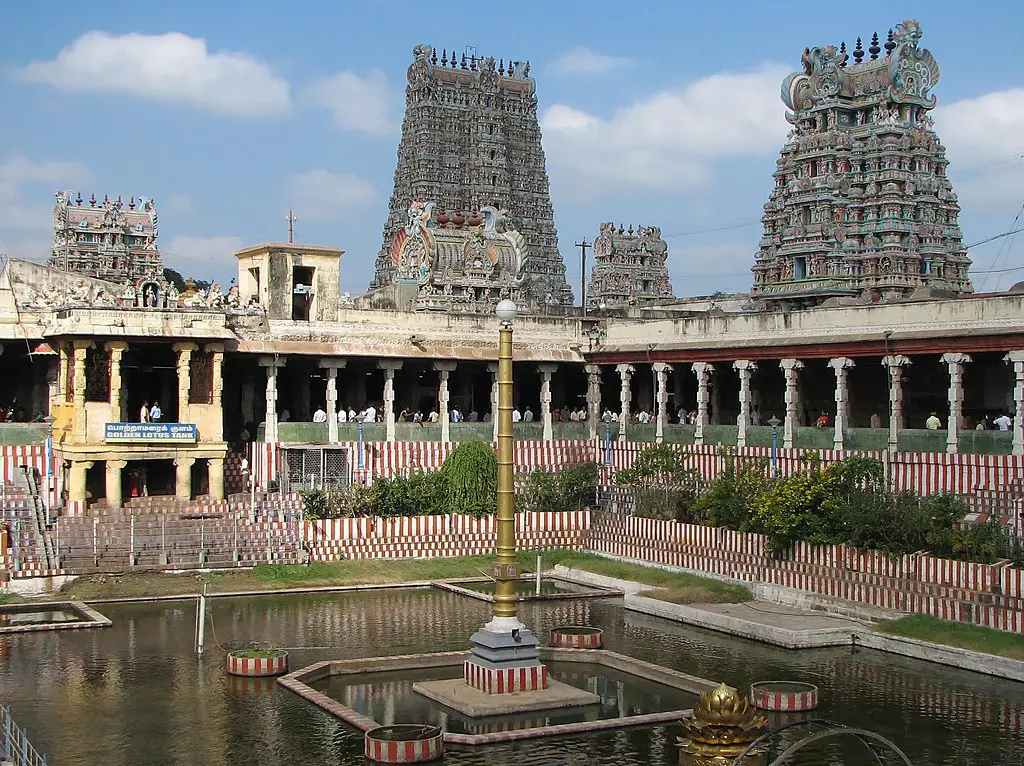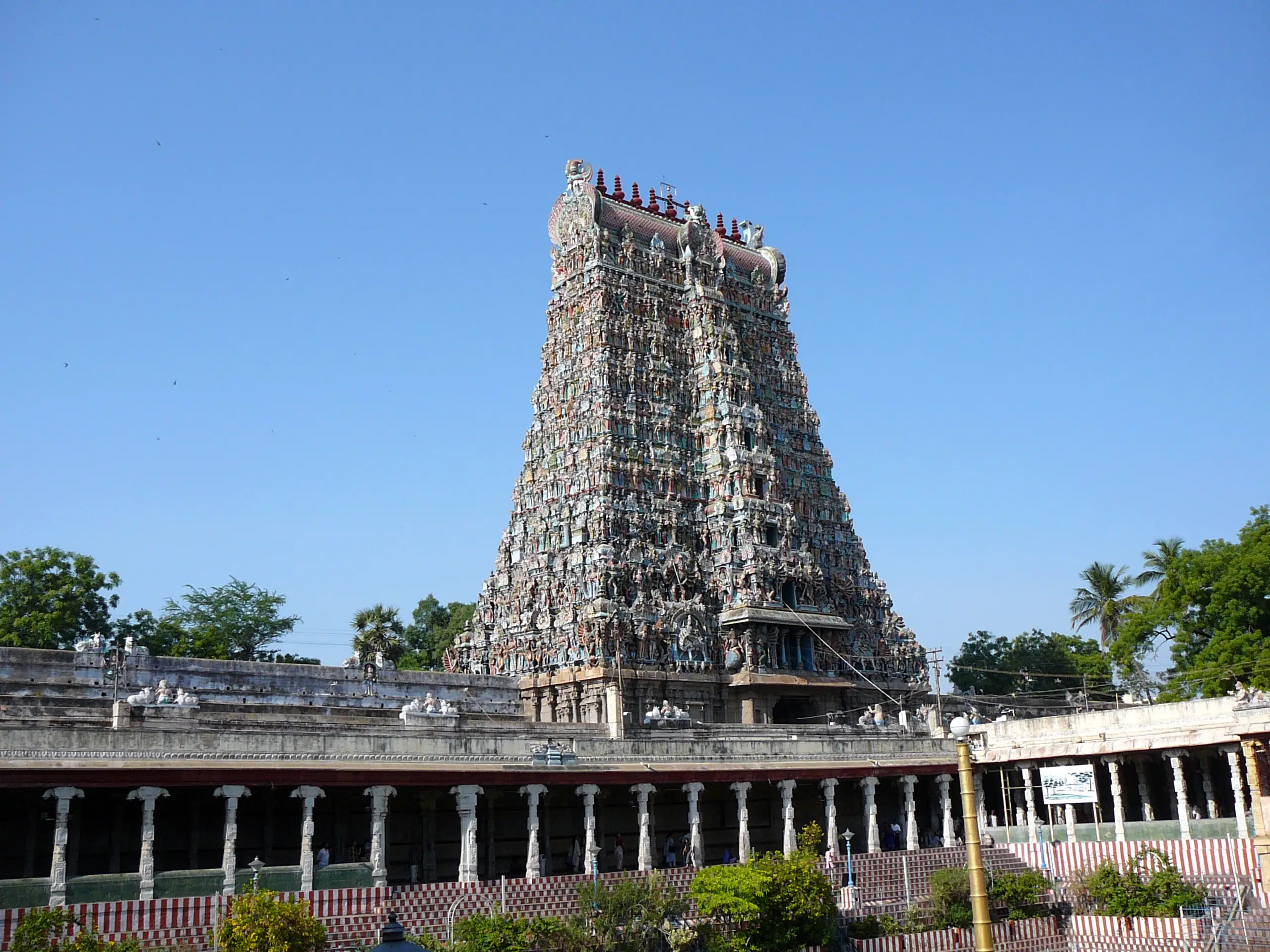Edfu Temple Complete Guide, Edfu Temple is one of the most spectacular archaeological sites in Egypt, featuring an imposing 37 meter pylon, built by Ptolemy VII’s Hypostyle Hall which features beautiful astronomical representations, as well as a sanctuary housing its original predating temple’s naos (an archway that leads into it).
Pylon walls contain festival reliefs commemorating “Festival of the Beautiful Reunion,” during which Hathor was transported from Dendera to Edfu to be united with her husband Horus and enjoy time together.
Historical Journey

Edfu Temple was constructed during the Ptolemaic Kingdom between 237 and 57 BC to honor Horus the falcon god and is widely considered one of Egypt’s finest preserved sanctuaries. Additionally, its wall carvings provide historians with invaluable information regarding Hellenistic culture and religion in ancient Egypt.
The Temple of Horus features an outer pylon known as Pronaos with 18 tall, carved columns supporting its ceiling, as well as well-preserved relief paintings depicting offering scenes. Beyond this pylon is a courtyard lined with thirty-two columns called Peristyle Hall which connects to an inner courtyard within.
The Mamisi was typical of Late Period and Ptolemaic temples, featuring screen walls with engaged columns. The entrance is marked by an impressive black granite statue of Horus wearing the double crown of Upper and Lower Egypt; here was installed his cult statue after being crowned each year at the festival of coronation. On its inner face of Mamisi is an image depicting another ritual celebrated at Edfu known as Feast of Beautiful Meeting; during this feast Horus met his wife Hathor of Dendera to meet him for their annual reunions.
Architectural Marvels
Edfu Temple is one of Egypt’s most stunning structures and second largest temple complex after Karnak. Constructed during the Ptolemaic Dynasty during Ptolemy III Euergetes’ rule and completed under Ptolemy XII Aureus in 57 BCE. Construction began on 23 August 237 BCE when work first commenced and continued up to his successor’s rule (Ptolemy XII Aureus).
This extravagant temple stands out as one of Egypt’s must-see attractions, boasting many stunning features such as its main entrance being through a pylon that leads directly into its peristyle courtyard and hypostyle hall, both which precede its sanctuary of god. Additionally, both ceilings and walls contain sculptures depicting celestial scenes.
Visitors to this magnificent work of art can access it for a relatively low cost as entrance is free of charge. A guided tour is recommended in order to fully experience all that the temple offers; an experienced guide will walk through its chambers explaining each inscription’s meaning while offering opportunities to purchase gifts and souvenirs as they lead you away from tourist traps and towards discovering its charms.

Symbolism in Design
A monumental gateway to a temple, known as a pylon, displayed battle scenes and symbols of gods to draw visitors in. Giant statues of Horus as a falcon guarded the entrance as symbols of divine protection given by Horus, Egypt’s god of war and victory.
Edfu’s Pylon was one of the finest examples of Hellenistic period architecture and remains among its best preserved examples today. Comprised of twin towers each measuring 36 meters high and dedicated to King Ptolemy VIII’s military victories over his enemies, its relief pictures depict his victory with relief pictures depicting Ptolemy smiting them and surrounded by 32 columns with floral capitals for decoration, Edfu is home to some stunning examples that still gleam today.
As soon as you enter, two granite falcon statues welcome you in and serve to symbolize Egypt’s unification by showing that gods unite with all people equally in their devotion and affection for all mankind.
As you proceed through, you will come upon a relief picture depicting the Feast of the Beautiful Meeting. This annual fertility festival commemorated Horus of Edfu and Hathor of Dendera visiting each other’s temples every year and celebrating their marriage for prosperity and continuity in their kingdoms.
Edfu Temple Complete Guide Cultural Significance
The Temple of Horus stands out as an outstanding and well-preserved example of Ptolemaic temple structures in Egypt, being one of its best examples and dedicated to Horus, an Egyptian falcon-headed god. Comprised of religious and mythological elements which represent ancient Egyptian spiritual traditions. Additionally, its walls feature captivating depictions that reveal much about Ptolemaic rituals and festivals.
After passing through the pylon, one would reach the peristyle hall (commonly known as the Court of Offerings). This courtyard-like space surrounded on three sides by 32 columns features one featuring reliefs depicting Feast of the Beautiful Meeting – an annual fertility event to commemorate Horus of Edfu and Hathor of Dendera meeting up again after years apart.
Visitor can now enjoy the Temple of Horus more readily than ever, thanks to various travel options that make it accessible like river cruises, airplanes and private vehicles. However, for an optimal visit of this breathtaking structure it is advisable to hire a tour guide as this will guarantee a more smoother, safer and comfortable trip through its numerous halls and rooms.
Religious Festivals
Edfu Temple stands out among Egyptian temple pillars for its impressive pylon, one of the most impressive features. Adorned with battle scenes depicting King Ptolemy VIII smiting enemies to demonstrate his devotion to Horus, it makes an impressive sight on any visit.
Visitors passing under the pylon would then enter the peristyle hall, an open courtyard surrounded by rows of columns and decorated with reliefs depicting festival events such as Hathor’s marriage to Horus at Dendera and Edfu temples, depicted here with reliefs that celebrated it as well.
Behind the peristyle hall was the sanctuary, a room which held the statue of god. Only available for use by king and priest, its walls featured either hieroglyphic text or relief imagery of Egyptian narratives.
No matter the interest, this temple offers something to please every visitor. Joining a guided tour is ideal as experienced guides provide fascinating anecdotes about its symbolism and cultural significance; be sure to bring plenty of water for this tour and wear comfortable shoes as there may be quite a bit of walking involved! Additionally, avoid climbing or touching any structures to help ensure it lasts into future generations.
The Temple Today
Ptolemaic-era temple complex dedicated to Horus the falcon god is an iconic symbol of power. Constructed between 237 and 30 BCE, excavation began only recently – 19th century excavator Auguste Mariette began work to uncover it after it lay hidden for over 2000 years in the desert sands. Today the temple remains open daily with reasonable entrance fees; and offers visitors centre facilities including ticket office, clean toilets, and 15 minute documentary film on its history.
Begin your tour of the interior by strolling under majestic gateways to admire intricate carvings that have remained for millennia. See statues depicting gods sent to guard the Great Pylon as well as depictions of battles between Horus and Seth, two powerful gods who were once rivals.
Step inside the Inner Hypostyle Hall for an impressive experience, then head onward to the Sanctuary – here the statue of their god was kept and worshippers came to pray before being amazed by intricate carvings that bring ancient Egyptian mythology alive!
Visitor Experience
The Temple of Edfu stands upon the banks of Egypt’s sublime Nile River, providing visitors with a tranquil view and glimpse into this timeless land. Midway between Luxor and Aswan on Egypt’s Nile River cruise route, Edfu makes for an ideal day trip or stop on any river cruise itinerary.
Temple entrance leads through a monumental gateway and into a spacious paved courtyard surrounded on three sides by 32 columns, featuring scenes from the Feast of Joyous Union on three walls depicting marriage rites between Horus of Edfu and Hathor of Dendera.
Discovering Edfu Temple will present awe-inspiring columns that testify to ancient Egyptian architecture’s craftsmanship and spiritual significance, while its walls contain inscriptions that offer insights into complex rituals associated with worship at Edfu. Discovering all this beauty will show that Edfu was more than simply a place of prayer and worship!
Edfu’s temple stands out among the others of its Ptolemaic period temples for being exceptionally well preserved; perhaps due to being used throughout history for various purposes and thus not completely abandonment.
Read More:






